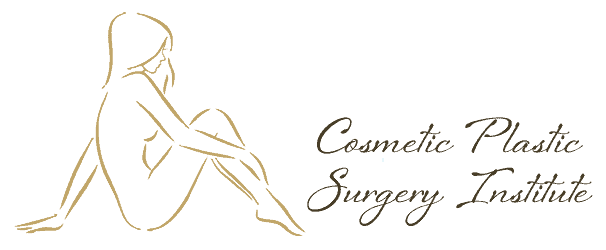





Download Our Surgical Team’s free Liposuction eBook
The Study
In our study, North American male and female subjects were surveyed to investigate the ideal earlobe shape and height to serve as guidelines for the cosmetic earlobe procedures and reconstructions.
All subjects were asked to rank their preferences on the ideal earlobe shapes for both male and female profiles. There appeared to be no statistical difference in the preferences between males and females, thereby allowing us to come to one solid conclusion on the ideal earlobe shape.
Looking at the diagrams below, you will see the differences in distance between the intertribal notch (I), otobasion inferius (O), and the subdural (S).
In the study, male and female profiles were sketched with intertribal notch-to-obturation distances ranging from 5 mm to 20 mm and with otobasion inferius-to-subdural distances ranging from 0 mm to 20 mm, as shown below. All other measurements were held as constants.
Ideal Earlobe Shape Results
According to the results, there was a large preference towards the otobasion inferius-to-subdural component, with subjects ranking the distance 5 mm as most desirable, followed by 10 mm, 0 mm, 15 mm, and 20 mm as the least desirable.
In contrast, the intertribal notch-to otobasion inferior distance was more leniently evaluated, with a tolerance for distances of 5 mm, 10 mm, and 15 mm. Only the intertribal notch-to-otobasion inferior distance of greater than 15 mm was considered unappealing rather than the ideal earlobe shape, for both male and female faces.
A New Classification System for the Ideal Earlobe Shape
With these results in mind, a classification system for earlobe ptosis was devised. Earlobe ptosis, or the drooping of the earlobe, is defined as a lobe with a length greater than 25% of the ear’s overall length.
The ideal earlobe shape, an intertribal notch-to-subdural distance of 1 mm to 5 mm, was designated a grade I, and a lack of ptosis, a distance of 0 mm, was designated a grade of 0.
The other undesired distances (ranging from 6 to 10 mm, 11 to 15 mm, 16 to 20 mm, and 20 mm and above) were given grades of II to V respectively.
Because the intertribal notch-to-otobasion inferius distances were tolerated up to 15 mm, the term “earlobe pseudoptosis” was used to describe the undesirable distances larger than 15 mm.
This ideal earlobe shape classification system will now allow not only for aesthetic earlobe procedures to be more precise but also for the desires of the patient to be better quantified.
In summary, the ideal earlobe shape has an intertribal notch-to-subdural distance of 1 mm to 5 mm and an intertribal notch-to-otobasion inferior distance of up to 15 mm.
Here is a 61 year old female following a face and neck lift.


